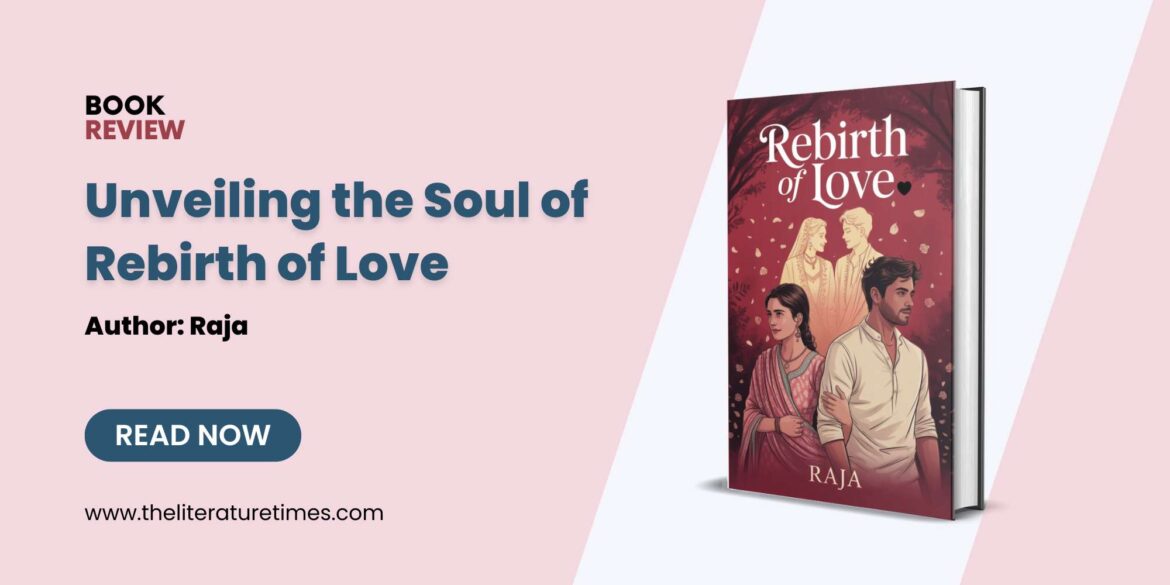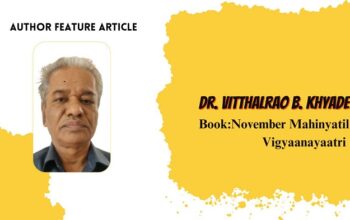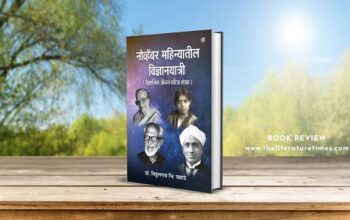Rebirth of Love by Raja, published by Evincepub Publishing in 2025, is a poignant exploration of love, dreams, and societal pressures wrapped in a narrative that spans lifetimes. This debut novel, a work of fiction, tells the story of Meenakshi and Varun, two teenagers whose budding romance is tested by academic struggles, familial expectations, and the weight of their individual ambitions. The novel’s ambitious premise, blending a contemporary coming-of-age tale with themes of reincarnation, offers moments of emotional depth but occasionally stumbles in execution, resulting in a heartfelt yet uneven read.
Plot and Themes
The story begins with Meenakshi, a young girl grappling with academic failure and a lack of direction in a traditional Indian household. Her disinterest in conventional education and passion for fashion design set her apart, creating tension with her parents, who prioritize stability over dreams. Enter Varun, a disciplined and ambitious classmate who dreams of becoming an IAS officer. Their friendship evolves into a tender romance, offering Meenakshi a sense of belonging and Varun a respite from his relentless pursuit of success. The novel’s first half is grounded in relatable struggles—school pressures, parental expectations, and the search for identity—making it accessible to a wide audience, particularly young adults.
However, the narrative takes a dramatic turn in its latter half, introducing familial opposition to their relationship and a heartbreaking separation. The story culminates in a reincarnation arc, where Meenakshi and Varun, reborn as Preeti and Akash, find each other again in a new lifetime. This metaphysical twist aims to elevate the novel’s central theme: true love transcends time and circumstance. While the idea is compelling, the transition to reincarnation feels abrupt, and the narrative could benefit from more groundwork to make this shift feel organic.
The novel excels in exploring themes of societal expectations versus personal dreams. Meenakshi’s journey from a struggling student to a successful fashion designer highlights the importance of self-belief, while Varun’s relentless discipline underscores the sacrifices ambition demands. The tension between love and duty is poignantly depicted, particularly in scenes where both characters face parental disapproval. However, the novel’s pacing falters, with some sections feeling rushed—particularly the resolution of their romance—and others bogged down by repetitive descriptions of Meenakshi’s academic woes.
Characters
Meenakshi is a relatable protagonist whose internal conflict resonates with anyone who has felt out of place in a system that values conformity. Her passion for fashion design, though initially dismissed by those around her, emerges as a symbol of her resilience. Varun, while likable, sometimes feels one-dimensional, his near-perfect demeanor making him less complex than Meenakshi. Secondary characters, such as Meenakshi’s parents and Varun’s sister Jyoti, add depth to the narrative but are underdeveloped, often serving as plot devices rather than fully realized individuals. The novel would benefit from richer backstories for these supporting characters to enhance the emotional stakes.
Writing Style
Raja’s prose is straightforward and accessible, effectively capturing the emotional nuances of adolescence. The dialogue, particularly between Meenakshi and Varun, is natural and infused with warmth, making their growing bond the heart of the story. However, the writing occasionally suffers from awkward phrasing and typographical errors (e.g., “Meenaksh” and “Vuran”), which disrupt the flow and suggest a need for more rigorous editing. Additionally, some passages, particularly in the reincarnation arc, feel overly sentimental, leaning on clichés rather than fresh imagery to convey emotion.
Strengths and Weaknesses
The novel’s greatest strength lies in its emotional authenticity. Scenes like Meenakshi’s confrontation with her mother over her academic failures or Varun’s quiet confession of love are deeply moving, capturing the vulnerability of youth. The cultural context—set in an Indian milieu with references to school uniforms, rickshaws, and parental expectations—grounds the story in a specific, relatable reality.
However, the novel’s ambitious scope is also its Achilles’ heel. The reincarnation arc, while intriguing, feels like a separate story tacked onto the main narrative, with insufficient foreshadowing to tie it to the earlier plot. The pacing issues and occasional lapses in character development further detract from the story’s impact. Additionally, the novel’s resolution—where Meenakshi and Varun reunite as Preeti and Akash—feels convenient, lacking the emotional weight of their earlier struggles.
Overall Impression
Rebirth of Love is a heartfelt debut that shines in its portrayal of young love and the courage to pursue one’s dreams against societal odds. Raja’s ability to craft relatable characters and emotionally resonant moments makes the novel a compelling read, particularly for those drawn to stories of love and self-discovery. However, its uneven pacing, underdeveloped subplots, and abrupt shift to reincarnation prevent it from fully realizing its potential. With tighter editing and a more cohesive narrative arc, this could have been a standout addition to the romance genre.
Title: Rebirth Of Love
Author: Raja
Publisher: Evincepub Publishing



